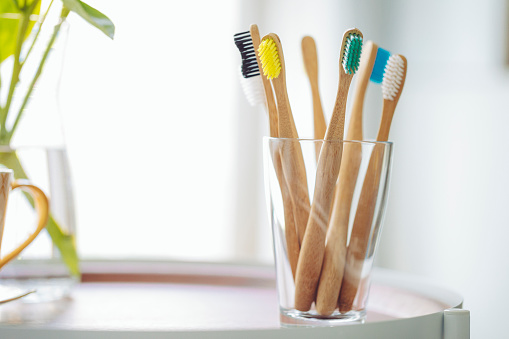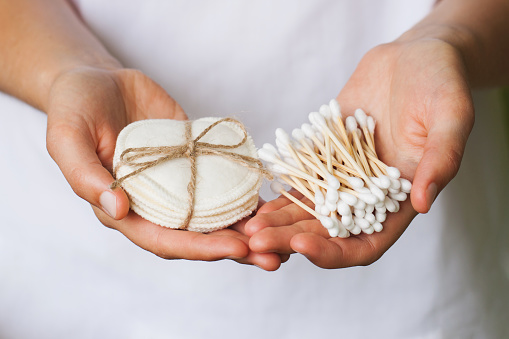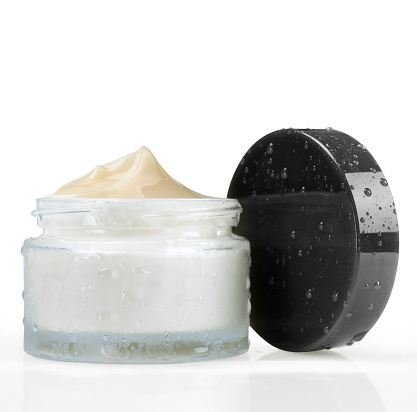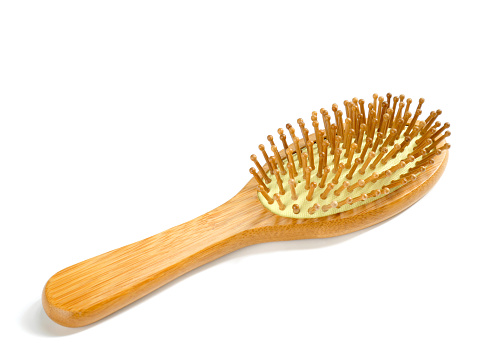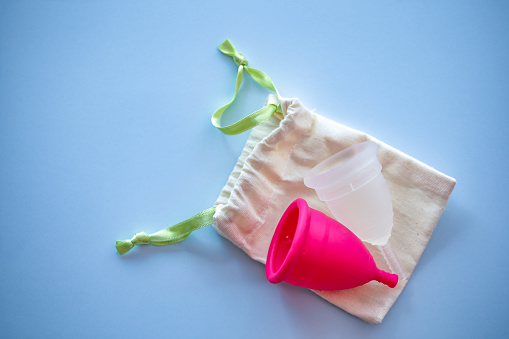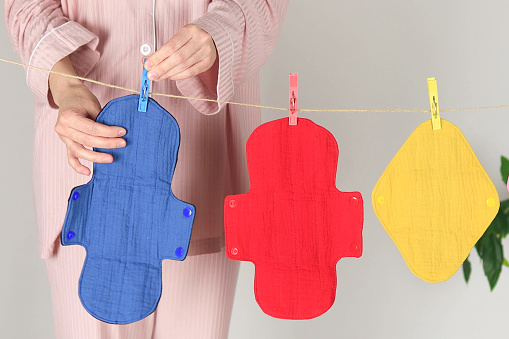Quick Links
The average American produces 4.9 pounds of waste per day. The findings by EPA reveal that over 290 million tonnes of municipal solid waste are produced annually in the U.S. The study revealed that much of the waste ends up in landfills, with only 32% being recycled and composted.
This shows that the problem is the amount of waste produced and how little of it is recycled.
Choosing to go zero waste is a perfect way to minimize this problem. So, you are on the right track.
No room is too small to make an impact when trying to live an eco-friendly life. The bathroom is a great place to start your zero waste journey.
While it may sound a little intimidating, transitioning to a zero waste bathroom is possible, and quite fun for that matter.
Studies reveal that only 1 out of 5 people in the U.S. recycle bathroom products. According to Johnson and Johnson consumer health, if we could focus on recycling in the bathroom alone, we could significantly reduce the amount of landfill waste.
Creating a zero waste bathroom is one step in ensuring sustainable living.

What is a Zero waste bathroom?
A zero waste bathroom aims to use and reuse bathroom essentials, so that very little or no trash ends up in landfills or the ocean, polluting the environment.
It involves finding zero waste bathroom essentials and incorporating them into your daily routine, making your daily bathroom visits more sustainable.
Why does a zero waste bathroom matter?
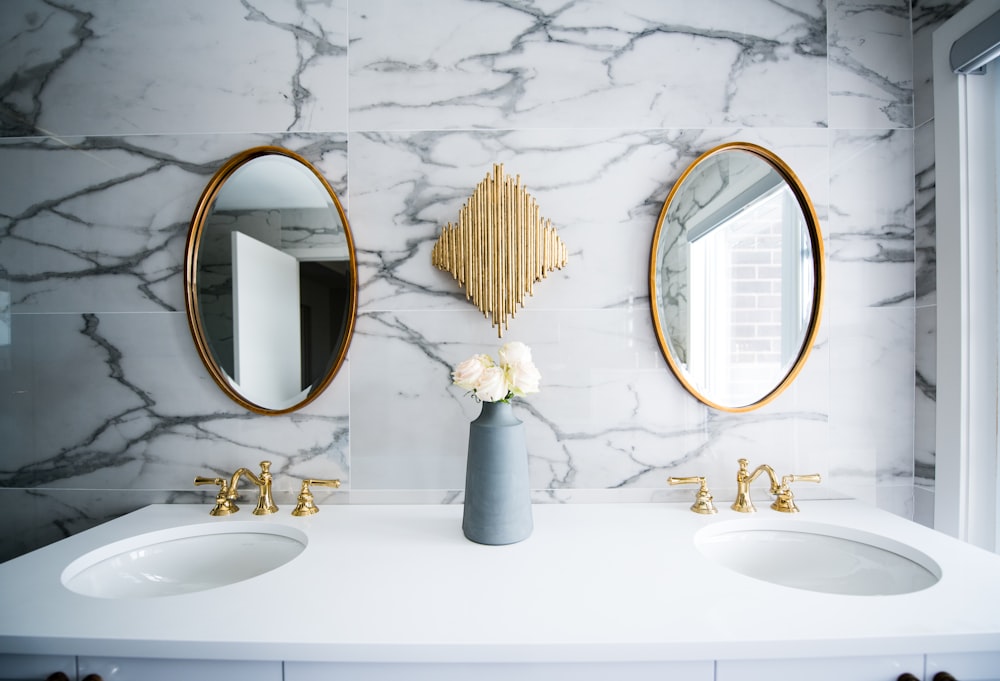
After the kitchen, the bathroom is the most wasteful room in your house.
Don’t believe me? Take a look at your bathroom waste kit now. You will find empty toothpaste bottles, shampoo and conditioner bottles, cotton balls, used tampons, disposable razors, oh the list is endless.
The bathroom generates so much waste since many essential products are used and get replenished quickly. These products include toothpaste, soaps, shampoos, conditioners, and many more that we discuss in this article. Most of these products come in plastic bottles or are wrapped in plastic packaging.
Do you want to find out which shampoo is the best for your hair type? This article will help.
As mentioned above, much of this waste ends up in landfills or incinerators. Plastic waste takes hundreds of years to decompose. This poses a great threat to our health and the environment due to the emission of greenhouse gases.
By choosing to go zero waste, you will be helping save the planet by reducing the amount of waste in landfills and the plastics that end up in the oceans.
Transitioning to a zero waste bathroom can be quite intimidating, from the thought of having to carry your own bottles to changing some of your habits.
In this article, you will discover 21 zero waste swaps for your bathroom that will make your toilet more
sustainable.
Zero waste bathroom swaps
Toilet essentials;
1. Zero waste Toilet paper
Toilet paper is a necessary evil and probably the most unsustainable item in your bathroom. Think about the harvesting of trees, the use of water, electricity and the chemicals used in its manufacturing process. And not to mention the plastic wrapping that ends up in your litter bin.
The good news is, that you have several zero waste alternatives for toilet paper;
You can opt for eco-friendly recycled toilet paper made of bamboo or recycled paper. The roll and the wrapper are made of compostable material which can go into compost. There are several zero waste brands that make these tissues.
Reusable wiping cloths are also a good alternative to traditional toilet paper (though not the easiest to adapt to). You can buy reusable toilet paper or otherwise make your own using old fabrics that you no longer wear.
Bidets are another great option. You are assured of 100% zero waste, literally. Most brands have bidets attached to the toilet and perfect ones for travel. Whisper makes some great bidets, and you get a deal when you buy it here.
Whisper Bidet – A Premium Bidet Toilet Attachment To Keep Your Hiney Clean. Free Shipping On All Domestic Orders!2. Zero waste toilet spray
You already know toilet spray comes in plastic bottles.
Guess what? You do not need to buy toilet spray when you can easily make your own. Get a spray bottle, an essential oil (I like tea trees mixed with a purifying one like lavender or lemon), and water. Add 10-20 drops of the essential oil to your spray bottle, and fill it with water. Tada, you’ve got your toilet spray.
Cleaning products
Everyone likes a clean bathroom or clean spaces for that matter. But most cleaning products come packaged in plastic bottles, which is not good for the environment.
Green cleaning is the way to go.


3. Zero waste cleaning supplies:
Would you like to learn how to clean with white wine vinegar? This article will turn you into a green cleaning professional in no time.
Alternatively, you can buy refillable ones at your local bulk store or, if you want to save some money, check out the Beepod from Etee. They cover all your cleaning needs and more.
4. Zero waste toilet bowl cleaner:
Heard of fizzy toilet bombs? They are more like bath bombs, but for the toilet. They contain ingredients that remove stains, neutralize odor and disinfect your toilet bowl, leaving it clean and fresh. Fizzy toilet bombs are so easy to make by the way.

Alternatively, swap the toxic toilet bowl cleaner with an eco-friendly one made of natural ingredients and in a reusable glass jar.
Also, consider getting a biodegradable one when replacing your current toilet brush. There are a bunch that is made of beechwood and plant fiber bristles. This is a beautiful toilet brush if you ask me. Weird thing to say I know.
5. Zero Waste cleaning cloths:
Swap disposable toilet paper or wipes with cloths or rags for cleaning bathroom surfaces. There are also biodegradable sponges and brushes which work awesome.

You can get the Hope Cloth from Earth Breeze for $13 and provide 10 meals to those in need at the same time. Pretty great ?!?

Or for more persistent stains check out the Loofie Scrubbers from Etee made of cotton and wood cellulose.
Zero waste tooth products
6. Zero waste toothbrushes
Did you know that all the plastic toothbrushes that you have used since childhood are still somewhere in landfills? Yeah, I know you had not thought about that.
So, first and foremost, ditch plastic toothbrushes. Corn starch-based and bamboo toothbrushes are readily available nowadays. Just ensure you cut off the plastic bristles when composting as they are not 100% biodegradable. Also, aluminum-handled brushes and electric brushes with refillable bristles are great alternatives.
Tip: Before your throw away your old plastic toothbrushes, remember to reuse them. You can use them for several cleaning tasks, garden markers and even scratching your back. (Cool, yeah)
7. Zero Waste Toothpaste

A typical household throws away one or more empty packaging tubes every month.
Choosing to make your own toothpaste (which is so simple by the way) or finding sustainably packaged toothpaste is a perfect way to reduce the waste that goes to the landfills, as well as save on the energy and water used to manufacture the tubes.
Other perfect alternatives to removing this waste stream are toothpaste powder and tablets. They mostly come in glass jars with metal lids.
8. Dental floss
Zero waste flossing? Yup, it’s a thing too! Regular floss is not only plastic but also toxic. The floss is coated with PFC, a chemical found in Teflon, to make it glide better.
Thankfully, plastic and PFC-free floss options are available. You can find floss made of natural ingredients, which are compostable and whose package is reusable.
Electronic water floss which uses a powerful jet stream is another alternative. It works amazing even with any dental hardware.
You can still floss using strings from an old piece of silk. It works pretty well too.
9. Zero waste mouthwash
Mouth washing is an essential part of your dental care routine. Besides leaving an amazing fresh breath, it kills germs and reduces the number of plaques you may have, thus improving your overall oral health.
When it comes to zero waste mouthwash, find brands that package in glass bottles. You can reuse or recycle the bottles later.
Aloe vera and baking soda are also perfect alternatives that you can easily make at home. Both have benefits for your dental health too.
Personal Care Products
10. Zero waste Deodorants and perfumes
Recycling companies find conventional deodorant plastic tubes difficult to recycle due to the combination of different types of plastics in a single container. While manufacturers state that they are recyclable, your bet is as good as mine, they end up in landfills.
However, there are perfect alternatives for you. Deodorants packaged in glass jars with metal lids are available. Crystal sticks packaged in cardboard are perfect too.
For perfumes, refilling is the most suitable option.
Making your own deodorants and perfumes isn’t hard. There are a handful of recipes you can find to make deodorants, solid perfume bars, body sprays and body oils.
Want to minimize dependence on deodorants, armpit detox is your friend.
11. Zero waste Shaving products- razors, shaving cream and aftershave

Not so long ago, shaving was zero waste thanks to the safety razor. Then came the beautiful brightly colored plastic razors.
A zero waste safety razor is not only environmentally friendly but also a smart investment. You can find several options in the market, including bamboo, gold and brass razors.
Shaving soap bars are a perfect zero waste alternative to shaving cream. They are packaged in storage tins which can be refilled or packaged with cardboard.
Aftershave oils, aftershave solid bars and pre-electric shave lotion work perfectly.
12. Zero waste waxing
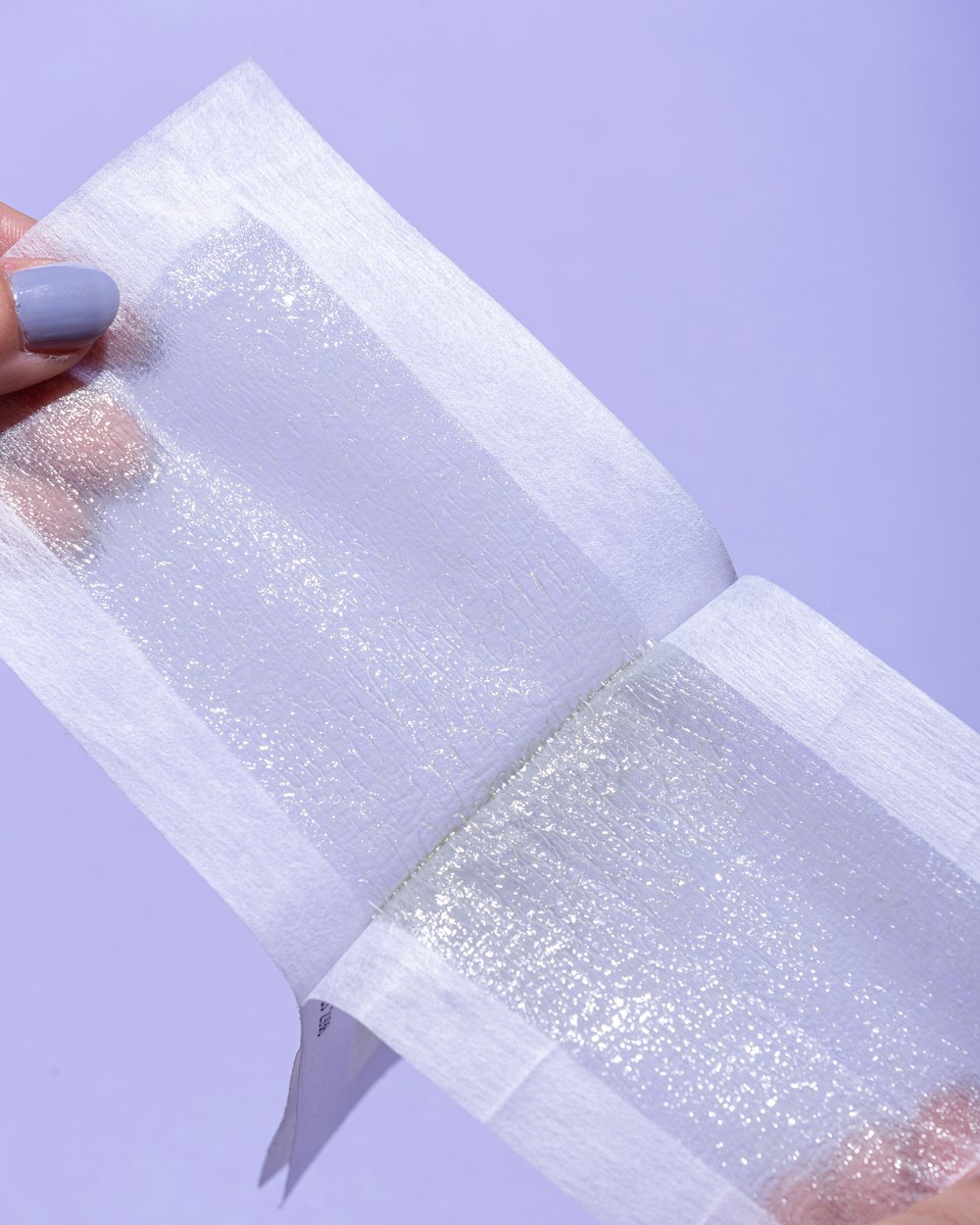
If you like to wax at home, there are many great zero waste waxing options at home.
There are washable and reusable wax strips packed in a glass jar available in local health stores. The wax is organic and food-grade, so no toxins.
Sugaring, which only requires two ingredients, is a perfect swap.
13. Zero waste Q-tips
Regular cotton buds are made of plastic stems. An alternative to this is the bamboo stems which are now readily available in most organic stores and even supermarkets.
Reusable ear cleaners are a perfect alternative. They are completely plastic-free, made of biodegradable materials (wood and wire) and are zero waste.
Skincare products and cosmetics
Make-up and skincare contribute largely to your bathroom waste. Single-use wipes, cotton balls, product packaging, etc
Discover how you can get glam while going zero waste.
14. Zero waste skin care products and moisturizers
Instead of body lotion in plastic bottles, go for lotion bars or refill at your local store. You can otherwise make yourself zero waste lotion with just coconut and essential oils.
Dry skin? Fret not. There are a bunch of eco-friendly moisturizers on the market. You are looking for brands that are vegan, cruelty-free, non-toxic and compostable packaging.
15. Zero waste Make up
It is almost impossible to get to 100% zero waste with makeup. Low waste is a better term when it comes to the beauty industry. The industry is just far from clean.
Luckily, there is a rise in green beauty brands. They not only focus on safe ingredients but also thoughtful and sustainable packaging.
For make-up brushes, choose ones with recyclable or natural handles. As we did with the toothbrushes, remember to remove the plastic bristles when disposing of.
When removing makeup, replace the cotton wool balls and cotton pads with washable makeup remover pads. Another straightforward solution to use at home is coconut oil and an old cloth. It works great and leaves your skin moisturized.
Shower products
16. Zero waste Soaps

Swap shower gel (that comes in plastic bottles) with bar soap.
Bar soaps are always wrapped in soft plastics. A great place to start going zero waste is choosing an unwrapped bar soap or one that is wrapped in bio-degradable cardboard that is completely compostable.
Local health stores are good places you can find package-free soaps.
Homemade bar soaps are a great alternative too.
When purchasing soaps, find ones that are multipurpose. For example, a soap that would be suitable for your body and face is a better alternative. This helps maintain the number of products you need at a minimum.
Exfoliation? DIY sugar scrub is so easy to make.
Haircare products
17. Zero waste Shampoo and conditioner
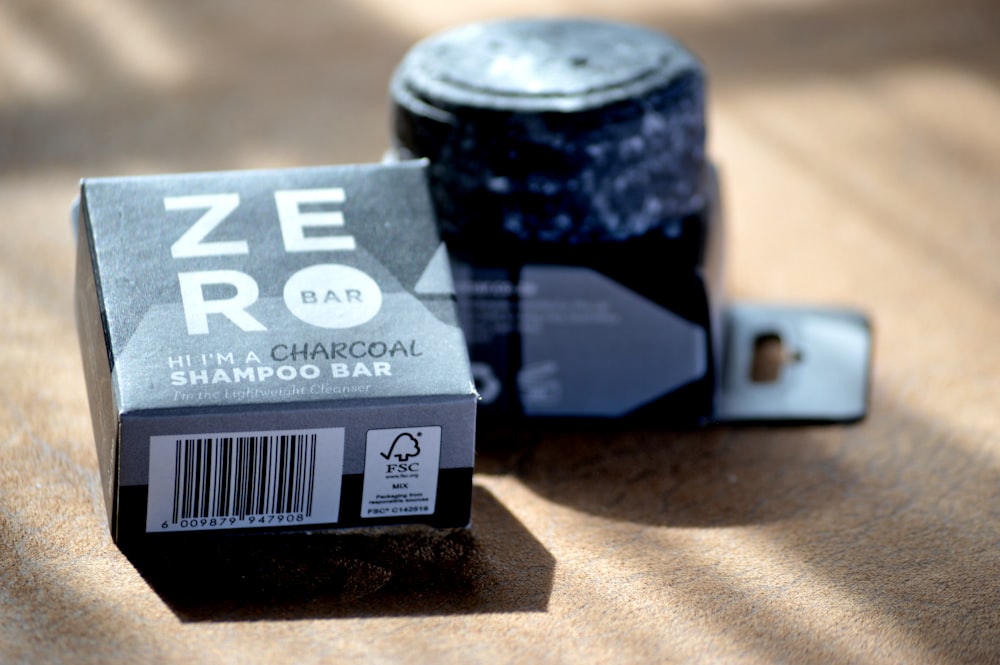
Shampoos and conditioners are the most widely available refillable products.
If refilling doesn’t work for you, there are other options. Shampoo and conditioner bars that come in reusable containers or with no packaging at all are perfect. Shampoo and conditioner bars are not only zero waste, but they are also perfect for traveling, are long-lasting and super compact.
Shampoo bars are becoming very popular, which makes it easy to find the perfect ones for your hair type, beard and even pets. That’s a bomb!
An alternative to conditioner is an Apple cider vinegar (ACV) rinse which works perfectly fine for most people.
18. Zero waste Hairbrushes
When replacing your combs, go for the bamboo ones with naturally composting rubber brushes. Stainless steel combs are also a perfect alternative, that you are sure will last for years, if not forever.
Pro tip: Bamboo products are prone to mold, and you don’t want this on your brushes. To avoid this, ensure you shake excess water off and store it in a dry place.
Menstrual products
The monthly periods can be not only messy but can also wasteful. Regular pads and tampons are non-biodegradable.
Research shows that an average woman will use around 16000 or more pads or tampons in her lifetime translating to more than 7 billion in landfills, which take hundreds of years to decompose.
The good news is, that transitioning to zero waste period products is not as hard as you thought. Here are a few alternatives to pads and tampons;
19. Menstrual cups
Menstrual cups are made of flexible, medical-grade silicone. They are such a smart investment as one cup can be used for up to 10 years.
The benefits of menstrual cups are endless. With no leaks and no smell, you can comfortably do sports, swim, and go to the gym. The cup can be worn for up to 12 hours without leaks.
Get yourself a menstrual cup today if you don’t already own one. You will be doing the environment the much-needed justice.
20. Reusable cloth pads and liners
Reusable cloth pads are a cheaper alternative to the menstrual cup.
Did I mention how easy they are to clean? You need to soak in water (preferably warm) for an hour, wash with mild soap (no fabric softener) and rinse thoroughly or add to the machine with your regular wash.
Trash bin
21. Compost bin
Recycling and composting aren’t just for the kitchen.
Have a small compost bin in the bathroom beside your old trash bin for the compostable waste from the many items we’ve mentioned above.
Also, find reusable trash cans or biodegradable trash bags for your bathroom waste.
For more great content about composting and what and what not to do read here.
What else can you do;
To achieve a zero waste bathroom, there is more you still need to do other than swapping your bathroom essentials with the above recommendations.
Going zero waste involves a mindset shift. You evaluate your choice of products, with an understanding of their effects on the environment.
Here is what you can do;
- Recycle more– It is easy to throw away recyclable bathroom products since most homes only have a central recycling bin in the kitchen. Have a routine of collecting the bathroom recycling when taking out the recycle bin.
- Buy differently– instead of buying products in small containers, choose to buy in bulk so they can last longer. Larger containers are more recyclable than smaller ones. Bulk purchases save money too!
- DIY– You may have noticed that we recommended a lot of DIYs that you may find a little messy and time-consuming. But achieving the results is always so fulfilling, and you get to save some coins.
- Be conscious about your purchases– Many times, you find yourself with a bunch of products you never use, and you end up trashing them. In your efforts to achieve a zero waste bathroom, you will need to cut off consumerism. Only buy what you need.
Final thoughts
So, there you have it.
Having a zero waste bathroom does not happen overnight. It begins with small steps, a change in daily habits which eventually becomes a lifestyle.
I understand that some of the products you have cannot be replaced immediately. Continue using them up as you replace them with zero waste alternatives when needed.
I hope this article inspires you to create a zero waste bathroom and a more sustainable life.
Any zero waste swaps we may have left out? We’d like to hear from you.



